How to Best Prepare for a Long Hike
Maybe your jaunt is a 10- or 15-mile day hike, or perhaps you’re going to be out on the trail for several days with camp on your back. Either way, how you prepare for a long hike will be a little more involved than the couple of miles you may be used to.

Preparing for a long hike doesn’t mean you have to go into full-on Mt. Everest training mode. But there are added steps to ensure you make it to your destination. If you’re just getting started or have been off the trail for some time, even a one- or two-mile hike can wind you if it is steep enough. So, having the proper footwear, gear, and required strengthening becomes more important.
Trip length and difficulty of terrain will undoubtedly vary. But in general, give yourself at least a month to plan and get ready. You may not need that much time to plan, but you will need it to get in shape. So here are some tips to help get you ready!
Preparing for a Long Hike with Strength and Cardio Training
Fitness is where it all begins. Without proper leg strength for support, your knees and ankles are prone to injury. Even relatively moderate trails can have sections where large roots, uneven terrain, or protruding rocks cause tricky footing.
If you’ve been Netflixing too much for the last several months, now is the time to start conditioning. Strengthening your legs through walks, small day hikes, or leg presses will support those joints that become fragile when your muscles turn to oatmeal from inactivity. An elliptical machine is another excellent way of working on cardio and leg strength. I love ellipticals because there’s no long travel to a trailhead, and they’re easy on the knees. Either invest in one or use it at your local gym if you are already heading there to work out.
Legs are not the only thing to strengthen! You also want to work your core and back. Push-ups, crunches (do them on an exercise ball to work on balance), resistance bands are all good exercises to strengthen these areas.
Equipment and Gear Considerations

In addition to the Ten Essentials, which should always be in your pack, let’s discuss some other equipment that will make your life easier as you trek through your favorite country.
Appropriate Hiking Boots
Perhaps you will be doing a 10–15-mile day and then coming back home. Maybe it is a multi-day hike throughout the weekend. Whatever the case, high-quality footwear is essential when your feet will be taking a prolonged pounding.
Don’t skimp here. If you’re going to throw down your hard-earned dinero on anything, make sure it’s your hiking boots. R.E.I., Cabela’s, and Bass Pro are examples of places that carry top-quality hiking boot brands and have sales specialists that can help. There may also be smaller outdoor shops that are local to your area as well.
If you’re new to this and are going boot shopping, look for good fitment around the entire edge of the foot. Also, make sure there is room in the toe box, so your toes aren’t crammed against the inside of your boot when going downhill.
Try not to buy a narrow boot, then make up for space in the length. This will make your arches angry and destroy your feet. Ideally, you can measure the length and width of your foot with the measuring device at the store, then find a boot that runs in “widths". For example, in length, I’m a 10.5 but have a “triple E” (EEE) width. My “hobbit feet,” as my wife likes to call them, only get bigger over the day. If I can find a boot that runs in widths, that means I probably only need to go up a half-size to account for swelling and average hiking sock thickness. It means that the boot will fit better without a lot of “slop.” That’s important because feet that slide around inside boots are feet that end up with blisters.
Hiking boots with a “heel lock” are a great option. A heel lock – the notched out inside back edge of the boot – keeps your foot from sliding up and down inside the boot. This helps eliminate “hot spots” that eventually turn into blisters.
As I alluded to above, more than likely, you won’t want to buy a hiking boot that is an exact fit. You’ll need room for thick socks and when your feet swell throughout the day. Considering this, it’s a good idea to try on boots a little later in the day. Also, bring socks like the ones you’ll wear that are similar in thickness.
Pack Moleskin in Your First Aid Kit
Don’t forget to throw this little gem into your aid kit. Sometimes, all your efforts to protect your feet don’t stop the blisters from forming on long hikes. Moleskin can be a beautiful thing in such an event and is your last line of defense.
Moleskin is thin, flexible padding with an adhesive back. Once you feel a hot spot coming on, don’t wait. You want to catch it before that hot spot turns into a blister, then pops and tears. So instead, plop down off the trail, wipe off and dry your foot to the best of your ability, cut the moleskin to size, peel off the backing, and apply it to the affected area.
Water Filtration
Water is one of the top things that will add weight to your pack. On a long hike, you’ll want to minimize this. Consider a water purification system for when your water bladder or Nalgene bottles run out.
Depending on the model, pumping water through the super-fine filters can be a bit of a work-out. But a water filtration device will enable you to pump clean water out of the nastiest of mosquito-ridden backcountry bogs without the intestinal distress.
Trekking Poles
If you haven’t used them before, once you, do you may not go back to hiking without them. Not only do they relieve pressure on your knees, but trekking poles also assist with balance and conserving energy.
Unlike ski poles, trekking poles are “telescoping,” meaning their size is adjustable. They typically collapse down to about a foot and a half. You can then strap them on your pack if you need to be hands-free.
As you extend your amount of time on the trail, you also increase the chance of a mishap. Avoid injuries or situations that can turn serious by being prepared. I hope you found these tips helpful and can put them to use on our next trip!




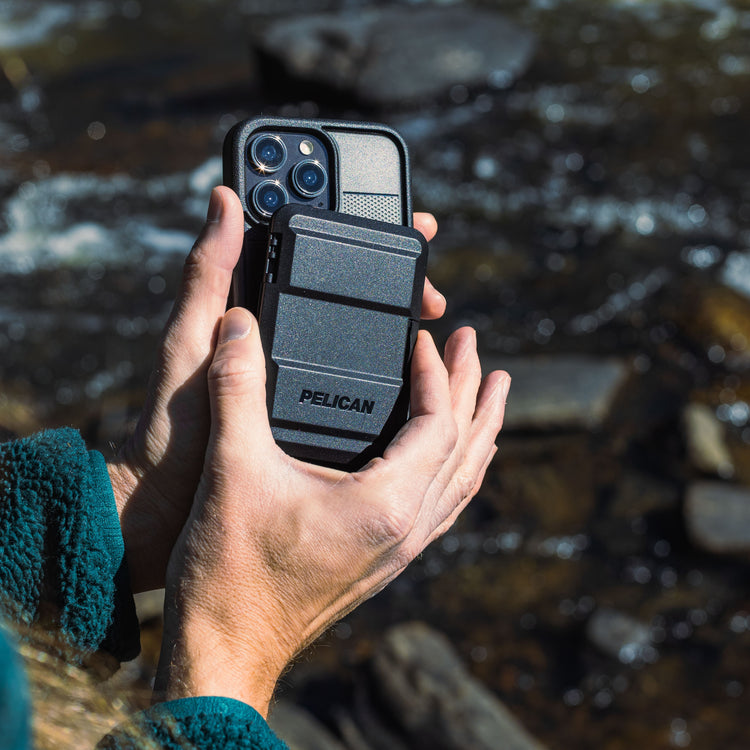
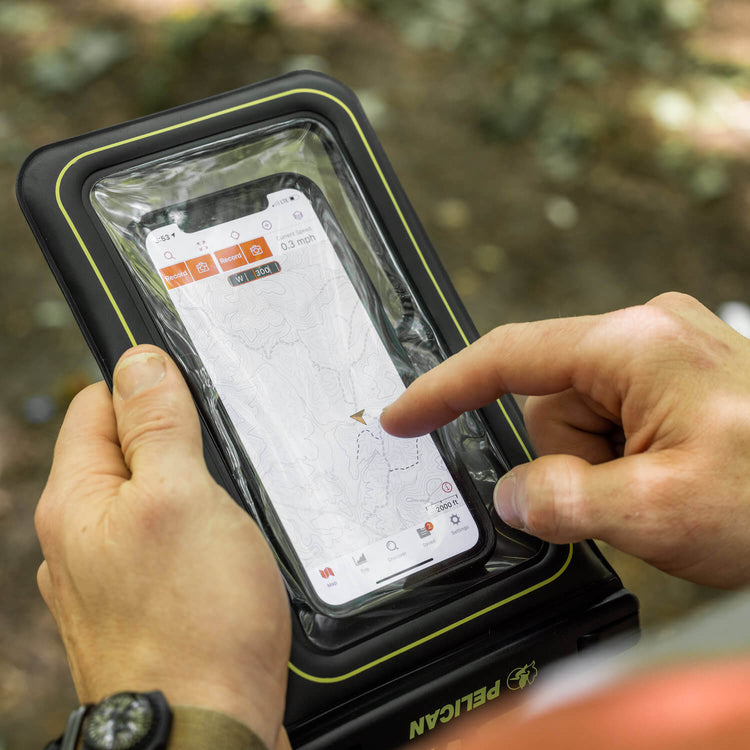
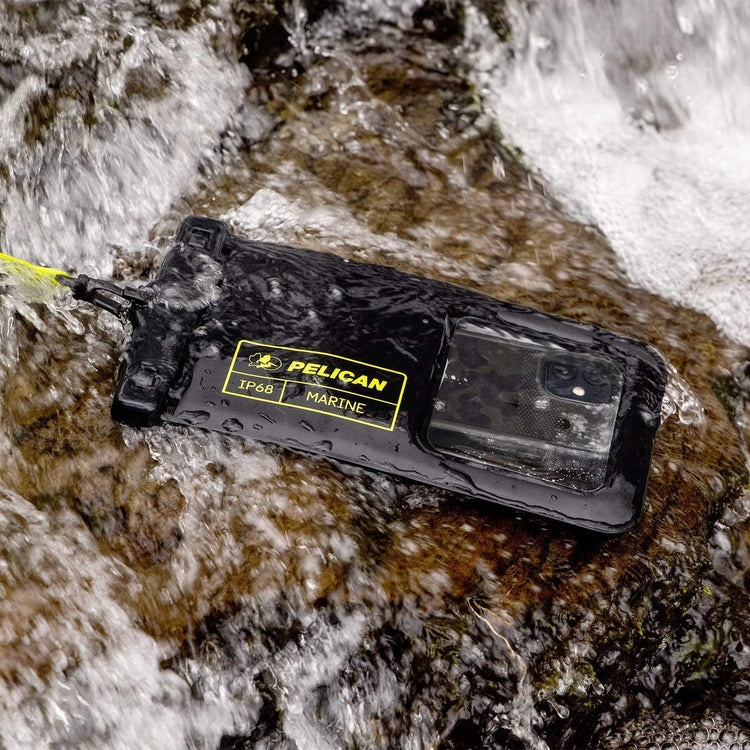
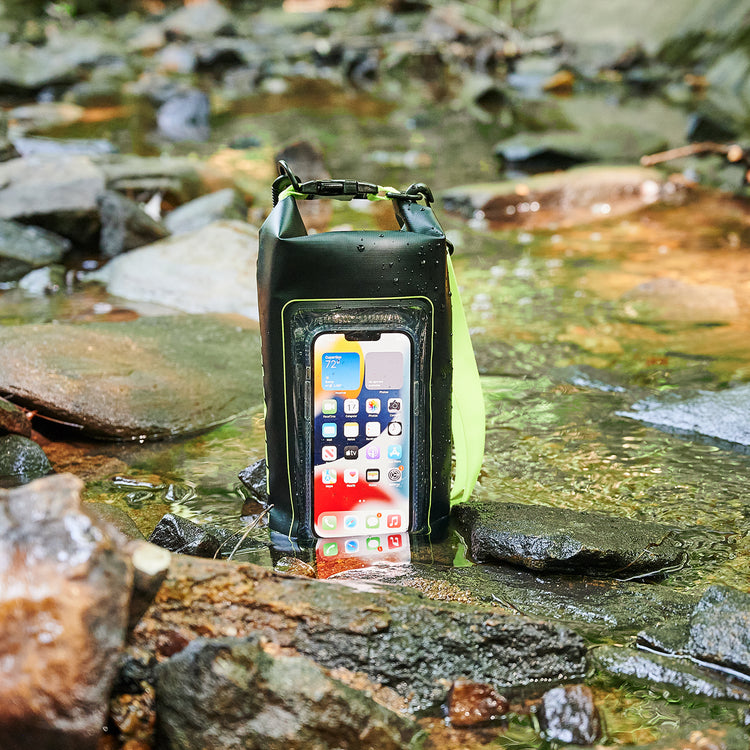
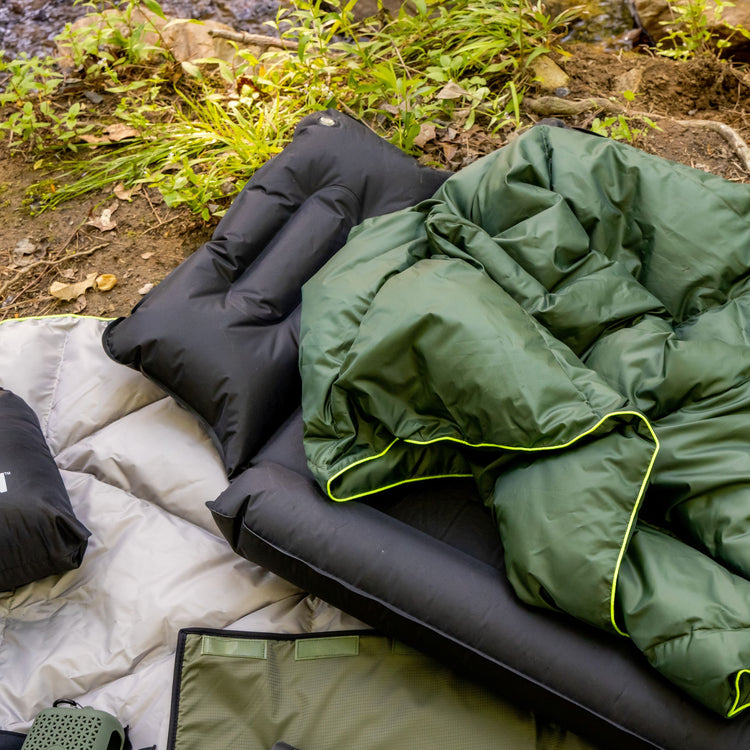
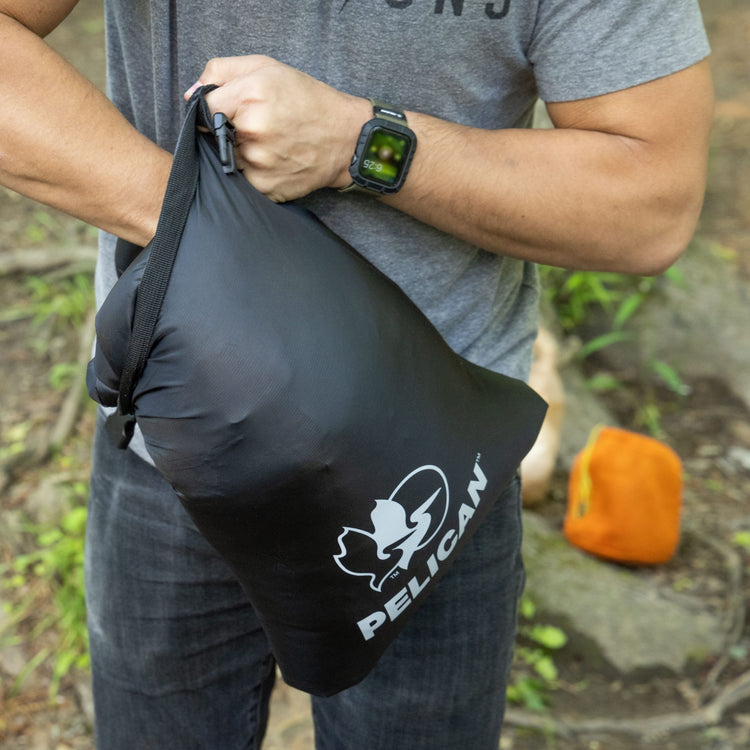
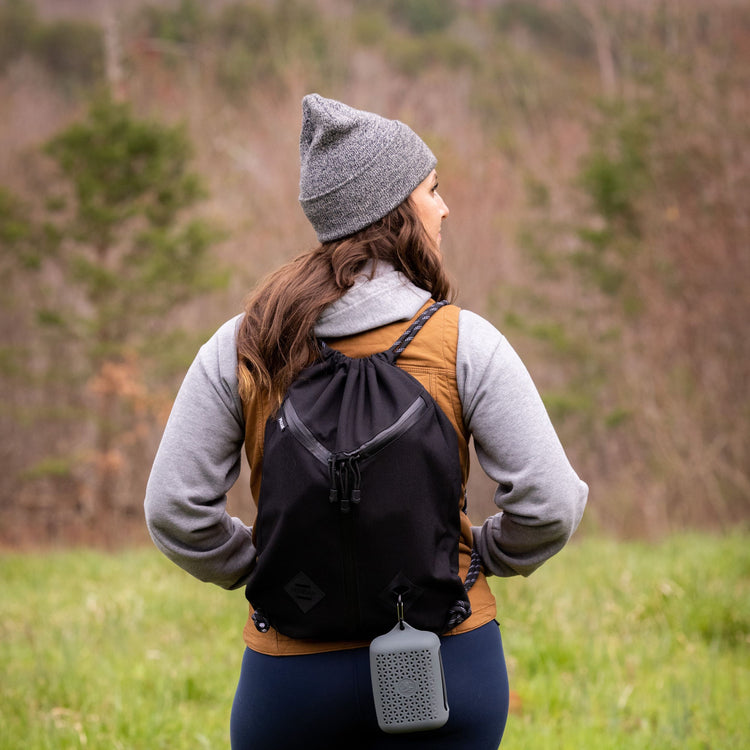
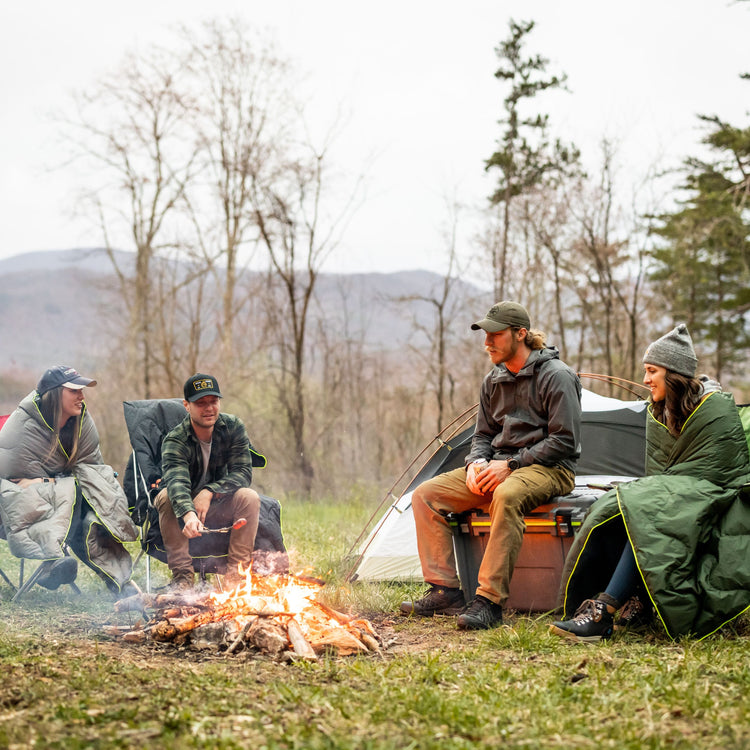

Leave a comment